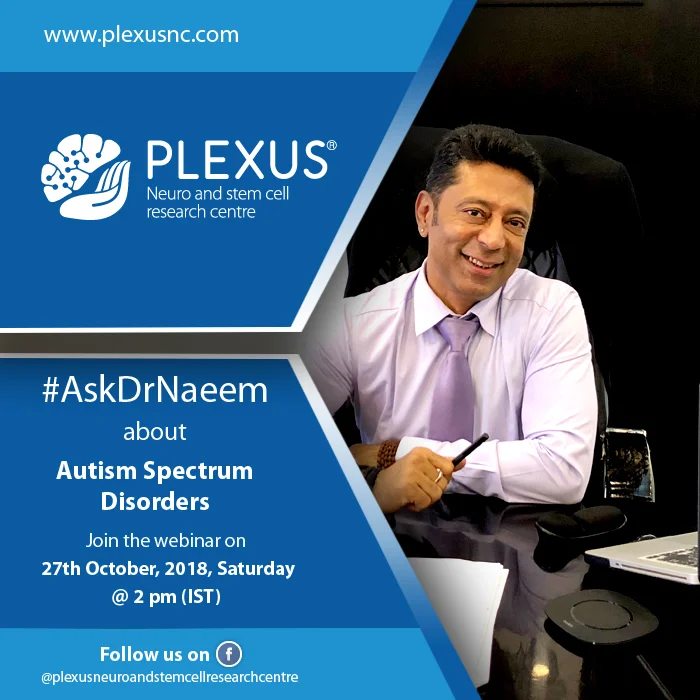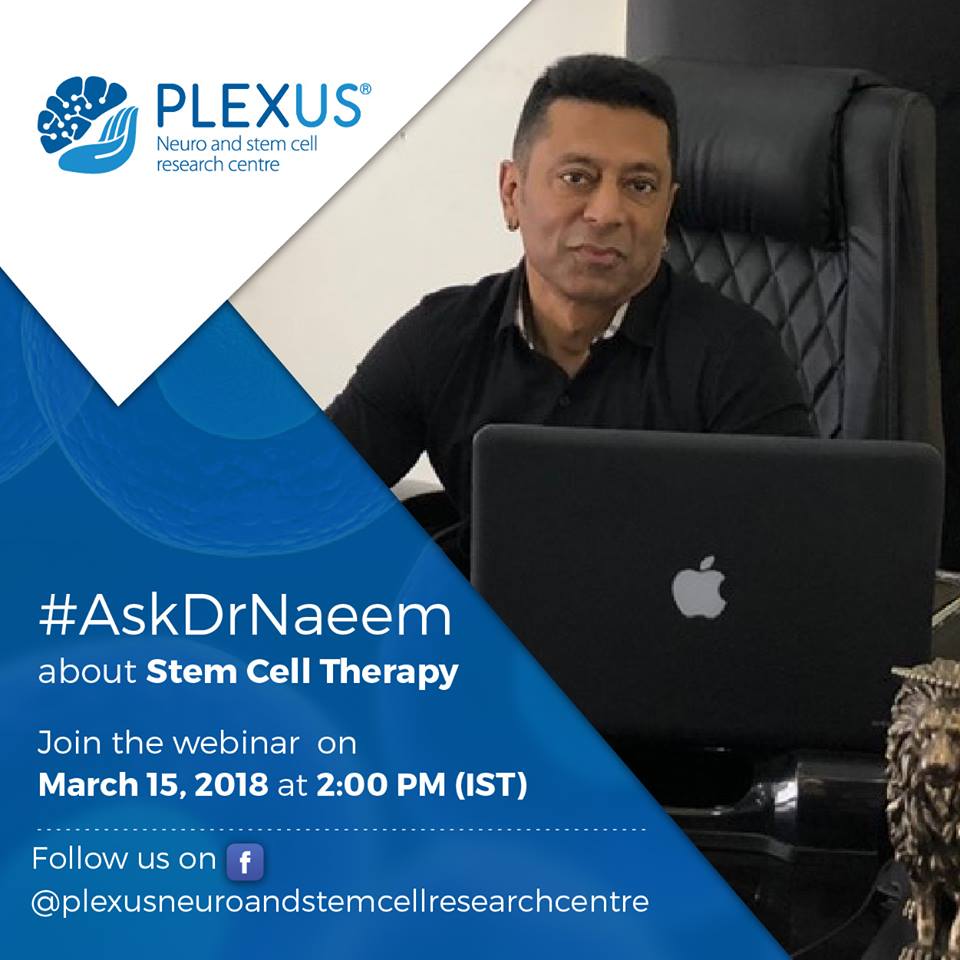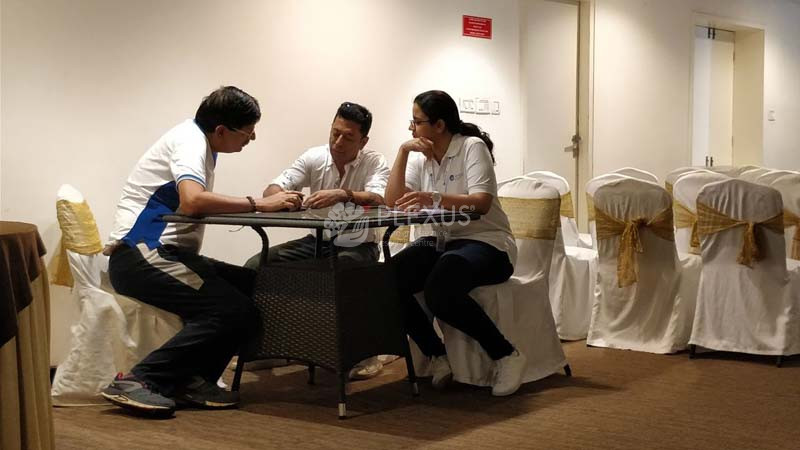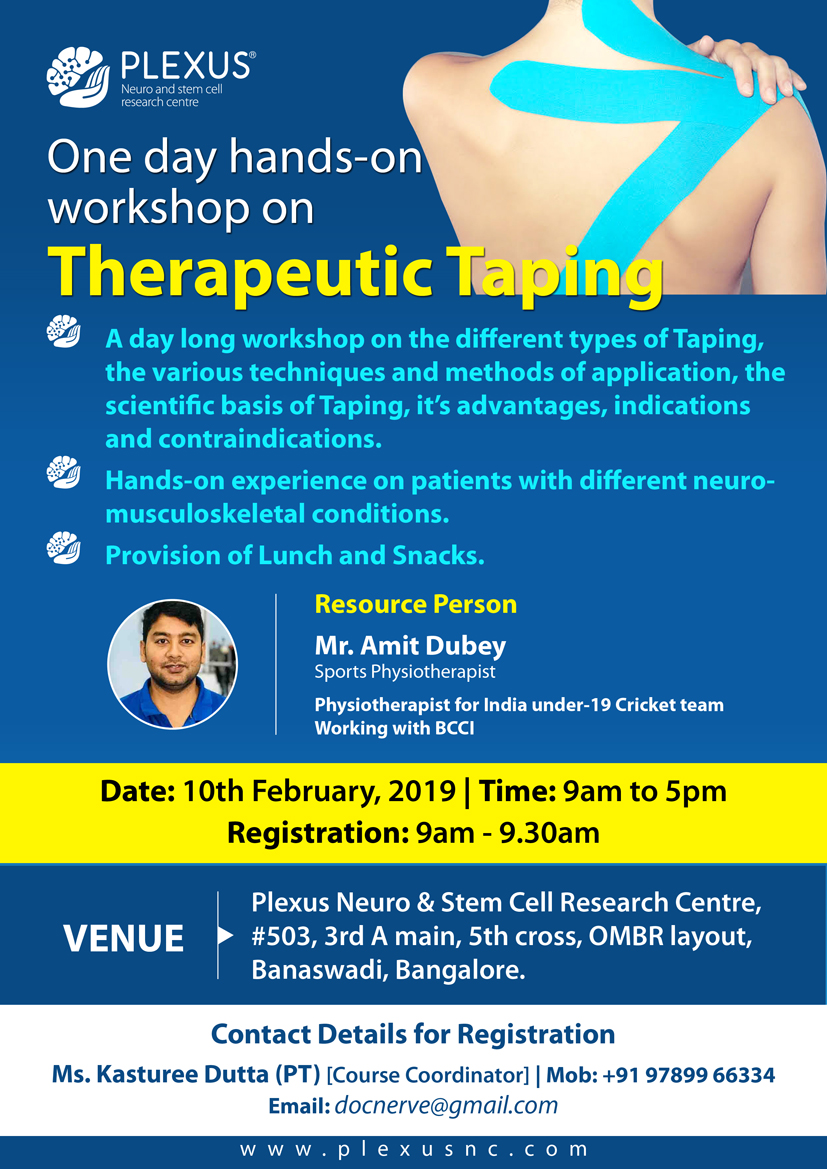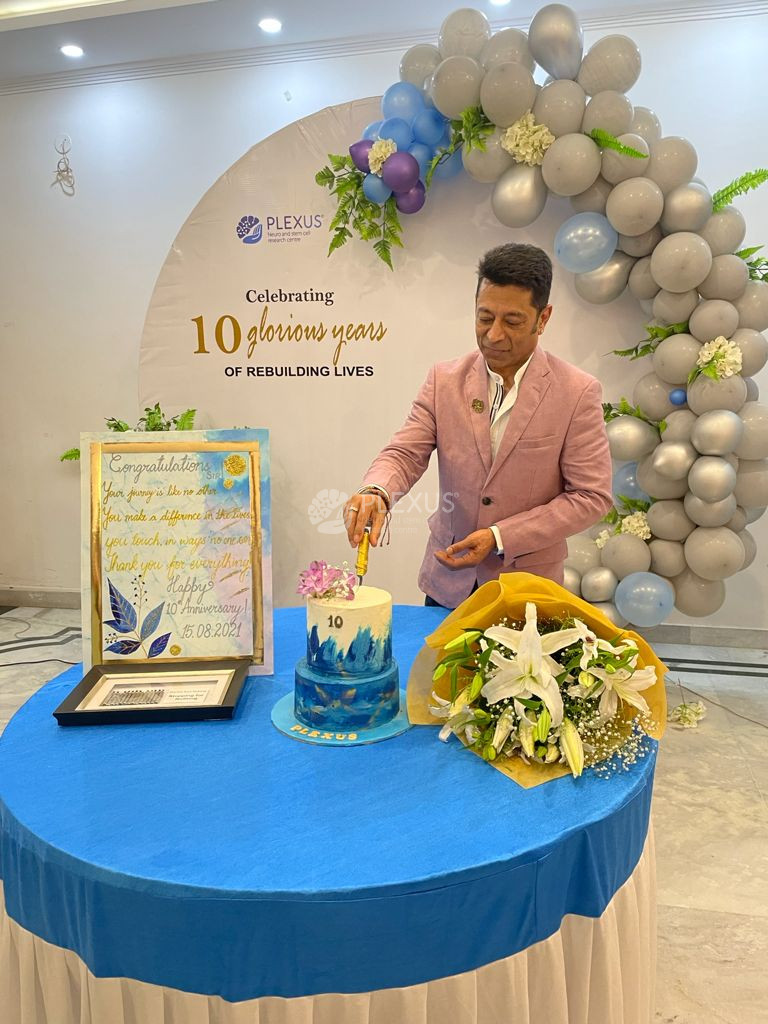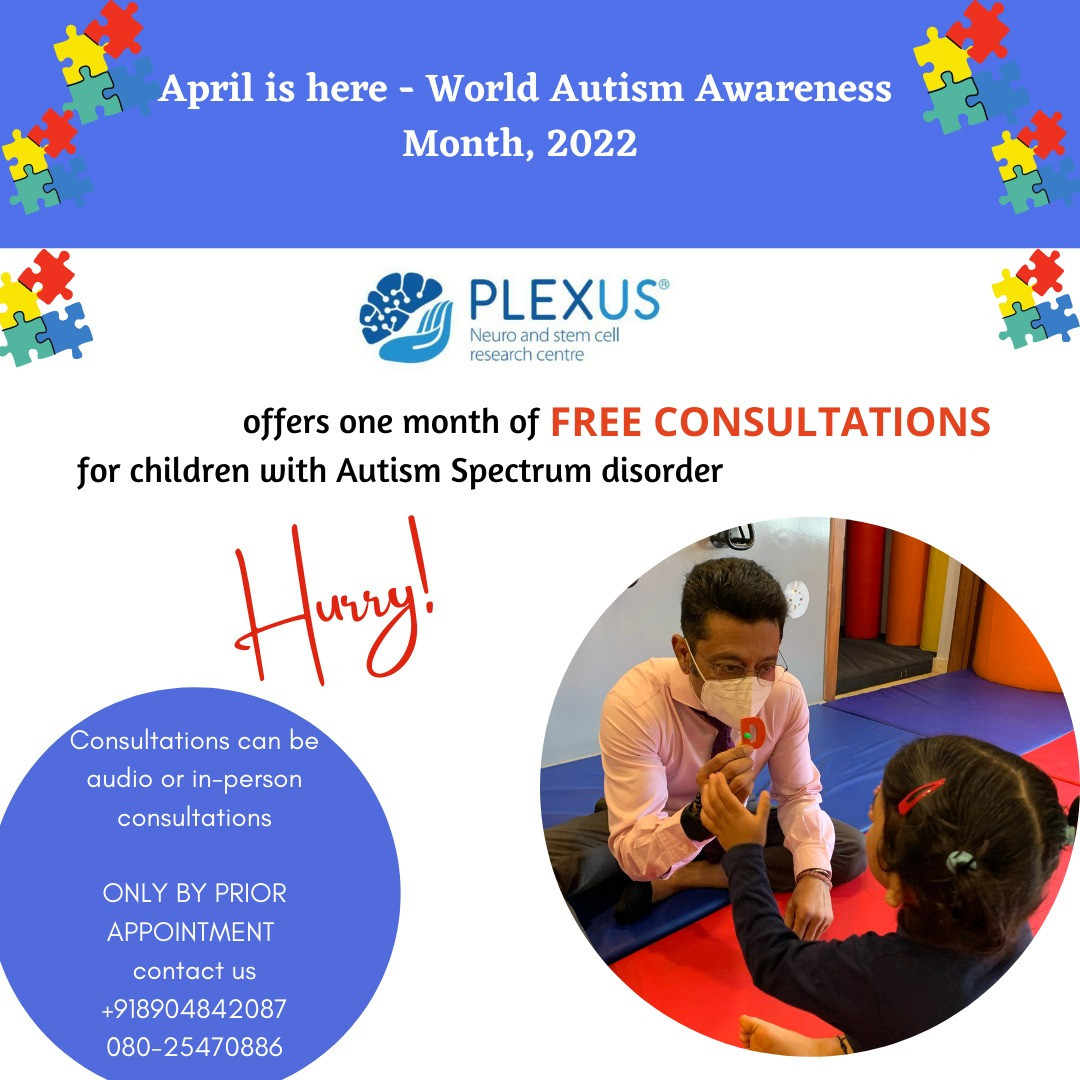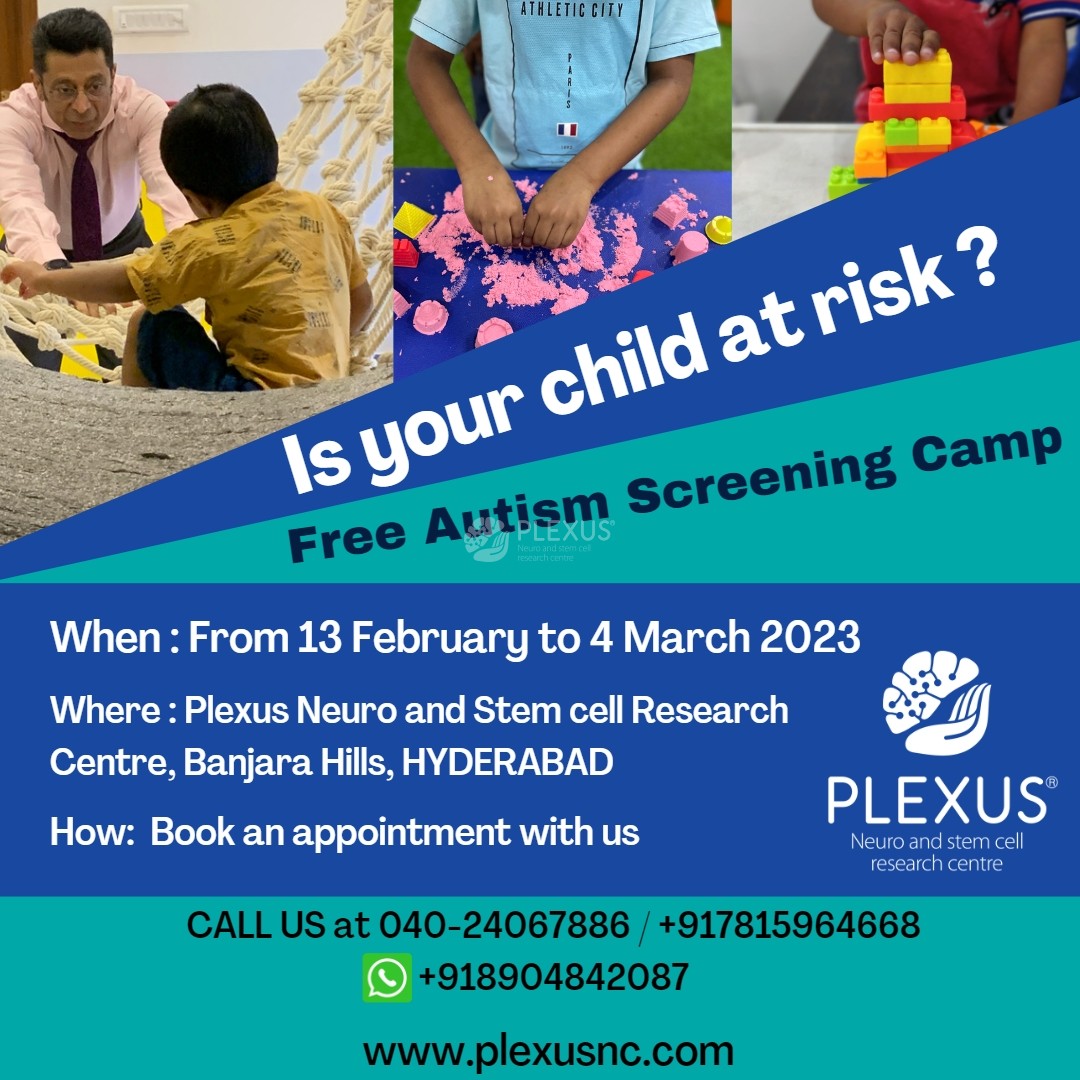
For many stroke survivors, swallowing becomes a challenge due to a condition called dysphagia. Suddenly, something as simple as drinking water or eating soft food feels uncomfortable, risky, or even impossible.
The good news? Swallowing therapy can help regain strength, improve function, and restore confidence in eating safely. If you or a loved one is dealing with post-stroke dysphagia, this guide will walk you through why it happens, how to manage it, and the best therapy techniques for a smooth recovery.
Understanding Dysphagia After Stroke
Swallowing is a highly coordinated process that involves muscles, nerves, and reflexes working together. A stroke can disrupt this coordination, making it difficult for food to travel into the stomach safely.
Signs of Dysphagia After Stroke:
- Choking or coughing while eating or drinking
- A gurgling voice after swallowing
- Food getting stuck in the throat
- Pain or discomfort while eating
- Unexplained weight loss due to reduced food intake
While some cases may be mild and temporary, others can be severe and require ongoing therapy. Early intervention is crucial to prevent complications like malnutrition, dehydration, and aspiration pneumonia (when food enters the lungs instead of the stomach).
Causes and Risk Factors of Post-Stroke Dysphagia
Not every stroke survivor experiences swallowing difficulties, but certain factors increase the risk:
- Brain damage affecting swallowing muscles
- Weakness or uncoordinated movement of the tongue and throat
- Loss of sensation in the throat, increasing aspiration risk
- Pre-existing conditions like diabetes or lung infections
Dysphagia recovery is possible with specialized therapy and rehabilitation.
Common Swallowing Therapy Techniques
A Speech-Language Pathologist (SLP) evaluates dysphagia severity and tailors therapy accordingly. Some key therapy techniques include:
- Oral Motor Exercises – Strengthens the tongue, lips, and throat muscles
- Postural Adjustments – Changing head or body positioning to improve swallowing
- Effortful Swallow – Encourages stronger muscle control during swallowing
- Sensory Stimulation – Using temperature, texture, or taste to trigger a better reflex
Exercises to Improve Swallowing Function
Think of these exercises as physical therapy for your throat muscles. Just like you’d work on strengthening a weak leg after a stroke, these exercises help rebuild swallowing strength and coordination.
1. Shaker Exercise (Head-Lift Exercise)
- Lie flat and lift your head toward your chest.
- Hold for a few seconds before lowering.
2. Effortful Swallow
- Swallow forcefully as if swallowing a large piece of food.
3. Masako Maneuver (Tongue Hold Exercise)
- Hold your tongue between your teeth and attempt to swallow.
4. Supraglottic Swallow
- Take a deep breath, hold it while swallowing, then exhale forcefully.
These exercises should only be done under expert supervision to ensure safety and effectiveness.
Role of Speech-Language Pathologists in Recovery
A Speech-Language Pathologist (SLP) plays a key role in assessing, diagnosing, and treating dysphagia. Their work includes:
- Evaluating swallowing function through clinical tests
- Designing individualized therapy plans
- Recommending diet modifications to prevent choking risks
- Teaching safe swallowing techniques
Regular sessions with an SLP can significantly improve swallowing function.
Dietary Modifications for Safer Swallowing
Eating and drinking safely is crucial for preventing choking and aspiration pneumonia. Diet adjustments may include:
- Soft or pureed foods like mashed potatoes and blended vegetables
- Thickened liquids to slow down movement through the throat
- Smaller, frequent meals for better control
- Avoiding dry, crumbly, or tough foods such as crackers and tough meats
Advanced Therapies and Innovative Treatments
For severe dysphagia cases, additional treatments may be necessary:
- Neuromuscular Electrical Stimulation (NMES) – Uses mild electrical currents to stimulate and strengthen swallowing muscles.
- Botox Injections – Helps relax overly tight throat muscles.
- Balloon Dilation Therapy – Used to widen the esophagus for easier swallowing.
- PEG (Feeding Tube) Placement – Temporary or long-term solution for severe cases.
Tips for Caregivers to Support Recovery
Caregivers play a crucial role in ensuring safe eating habits and encouraging therapy participation. Here’s how to help:
- Encourage slow and mindful eating
- Ensure correct posture while eating
- Observe for signs of aspiration (coughing, difficulty breathing)
- Support regular therapy sessions for consistent progress
A little patience and the right support go a long way in making eating safe and comfortable again.
Monitoring Progress and When to Seek Help
Regular monitoring is essential to track improvements and adjust treatment plans. Seek medical attention if:
- The patient has difficulty swallowing even pureed foods or liquids
- They experience chronic choking, coughing, or pain while eating
- There is sudden weight loss or dehydration
- They develop pneumonia or frequent respiratory infections
Timely intervention prevents complications and speeds up recovery.
At Plexus Neuro Centre, we specialize in swallowing therapy for stroke recovery. Our expert team provides personalized treatment plans, advanced therapy techniques, and long-term support to help stroke survivors regain their ability to swallow safely.
WhatsApp: +91 89048 42087
+91 78159 64668 (Hyderabad) | +91 93555 33404 (Bangalore)
FAQ’s
1. What is dysphagia, and why does it occur after a stroke?
Dysphagia is a condition where swallowing becomes difficult due to weakened or uncoordinated muscles. It occurs when a stroke affects the brain areas responsible for swallowing.
2. What are the best swallowing exercises for stroke patients?
Some effective exercises include the Shaker Exercise (Head-Lift), Effortful Swallow, Masako Maneuver, and Supraglottic Swallow. These strengthen the throat muscles and improve swallowing function.
3. How long does it take to recover from dysphagia after a stroke?
Recovery depends on the severity of the stroke and the effectiveness of therapy. Some patients improve in weeks, while others may need several months of rehabilitation.
4. What foods should be avoided with dysphagia?
Patients with dysphagia should avoid dry, crumbly foods like crackers, tough meats, and thin liquids unless modified with thickening agents.
5. When should a stroke patient see a specialist for swallowing issues?
If a stroke survivor is experiencing frequent choking, weight loss, or pneumonia due to aspiration, they should consult a Speech-Language Pathologist immediately for evaluation and treatment.

